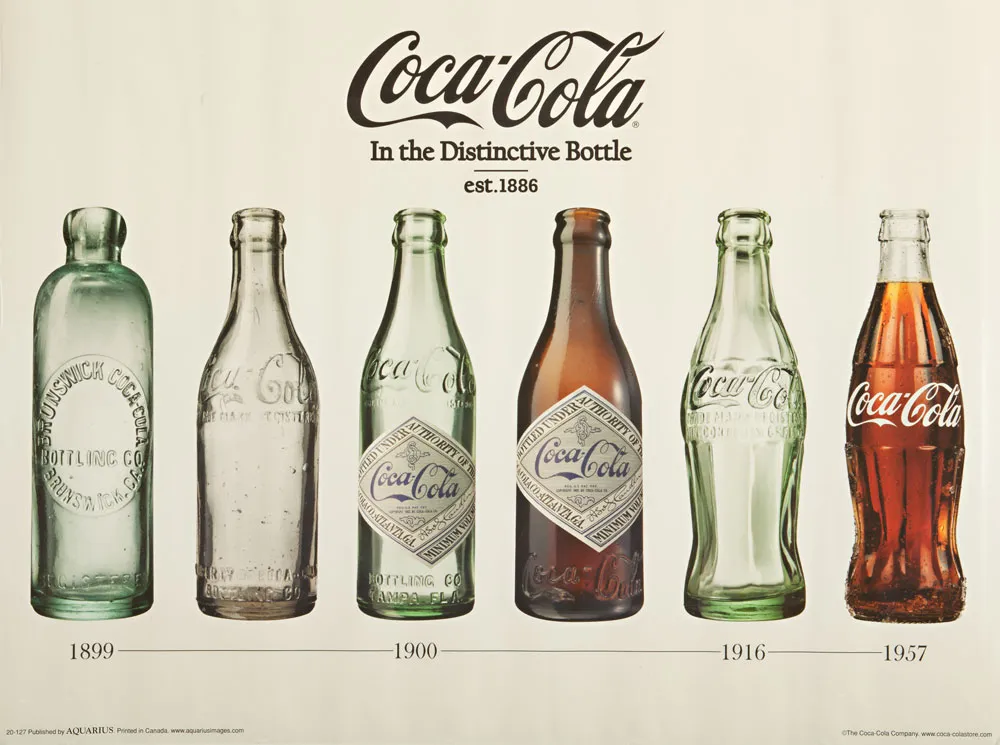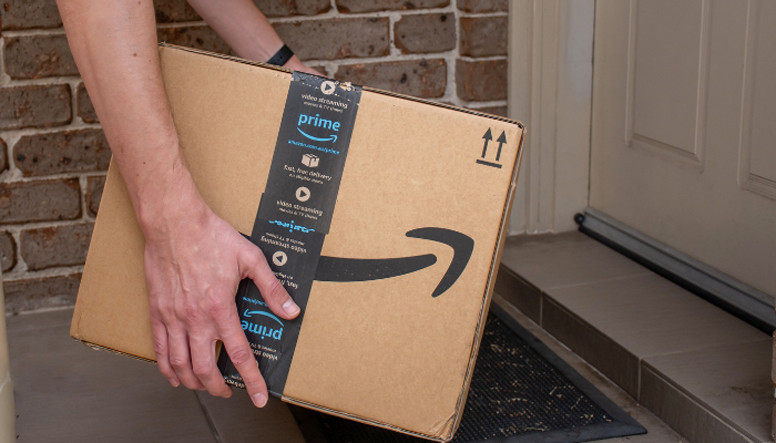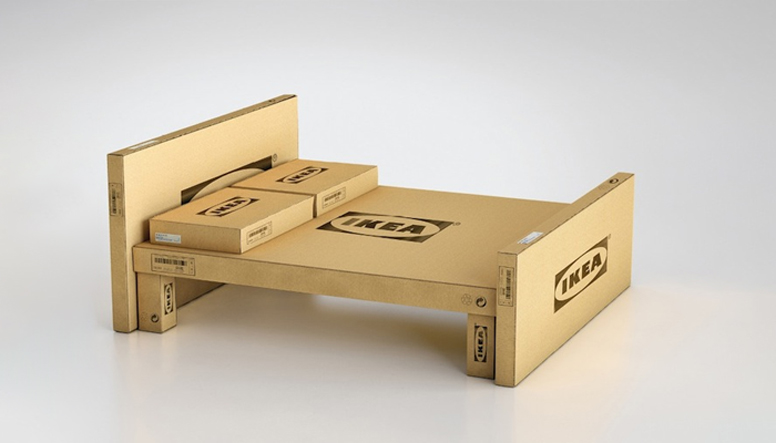Understanding the 3 Levels of Packaging

By Brad Holmes|June 28, 2024|7 mins read
Packaging plays a pivotal role in the consumer experience, beyond just protecting products. It serves as a powerful communication tool for brands, influencing purchasing decisions and reflecting company values. In this guide, we delve into the three primary levels of packaging—primary, secondary, and tertiary—and explore their functions, importance, and impact on businesses and consumers alike.

At a Glance
The Drive for Convenience and Shift in Customer Experience
While product protection in transit is crucial, it must be balanced with ease of use for customers. In traditional retail, packaging often includes theft-deterrent features like rigid clamshells. However, e-commerce has shifted priorities towards accessibility and minimal effort. Amazon’s Frustration-Free Packaging (FFP) promotes easy-to-open, recyclable packages designed to reduce waste. Since 2008, FFP has removed 180,000 tons of packaging from the supply chain.
E-commerce has heightened consumer expectations, with next-day delivery becoming standard in many markets. DHL’s survey highlights that outstanding delivery experiences are among the top trends shaping packaging agendas. Quality is paramount; nearly 50% of e-commerce customers would reconsider purchasing from a retailer after receiving a damaged item. Wasteful packaging also frustrates consumers, often leading to social media backlash and reputational damage. As e-commerce diminishes the traditional role of packaging in prompting purchases, it creates new opportunities for the delivery process to enhance the overall brand experience.
Primary Packaging: Protecting and Communicating
Primary packaging is the first layer that directly holds the product, ensuring it remains intact from production to purchase. Its key functions include:
- Protection: Safeguarding the product from damage, contamination, and environmental factors during transit and storage.
- Preservation: Maintaining product freshness and quality, especially for perishables and liquids.
- Identification: Clearly labeling the product with essential information such as ingredients, usage instructions, and best-before dates.
- Promotion: Acting as a marketing medium by showcasing branding elements that attract consumers and communicate product benefits.
Examples of primary packaging range from bottles and pouches to boxes and cans, each designed not only for protection but also to enhance consumer appeal on store shelves. Modern trends emphasize eco-friendly materials and sustainable designs, reflecting growing consumer preferences for environmentally responsible products.

Case Study: Coca-Cola’s Contour Bottle
Coca-Cola’s iconic contour bottle, introduced in 1916, exemplifies effective primary packaging. This uniquely shaped glass bottle not only protects the beverage from contamination and damage but also preserves its carbonation and flavor, ensuring the product reaches consumers in optimal condition. The distinctive contour design makes the bottle easily recognizable even without a label, serving as a powerful marketing tool that differentiates Coca-Cola from its competitors and reinforces its brand identity. The success of this packaging has significantly contributed to Coca-Cola’s global recognition and market dominance.
Secondary Packaging: Consolidation and Presentation
While primary packaging focuses on individual products, secondary packaging consolidates multiple units for efficient transport and display. Its primary roles include:
- Consolidation: Grouping individual products from primary packaging into larger units, such as product boxes, mailers, or shrink-wrap.
- Protection: Providing additional security during transit, reducing the risk of damage and ensuring products arrive in optimal condition.
- Promotion: Serving as a secondary branding opportunity by featuring logos, colors, and designs that reinforce product identity and attract consumers in retail environments.
Secondary packaging is essential for optimizing storage space, facilitating easier handling in warehouses, and enhancing shelf visibility. It plays a crucial role in the logistical chain, particularly in industries where products are sold in bulk or require stacking for efficient distribution.
For more insights into optimizing your custom packaging design strategy, explore our blog post on Top Trends in Custom Packaging Design. Discover how innovative packaging solutions can elevate your brand and resonate with today’s discerning consumers.

Case Study: Amazon’s Frustration-Free Packaging
Amazon’s Frustration-Free Packaging (FFP) initiative was designed to enhance the customer experience while addressing environmental concerns. FFP simplifies the unboxing process with easy-to-open, recyclable packaging that often ships in its original form, reducing the need for additional packaging materials. This approach not only consolidates multiple items efficiently but also provides robust protection during shipping, minimizing damage rates. The straightforward design, often featuring Amazon’s branding, reinforces the company’s commitment to sustainability and customer satisfaction. The FFP initiative has significantly reduced packaging waste and improved customer satisfaction, enhancing Amazon’s reputation as an environmentally conscious and customer-friendly company.
“The shift towards e-commerce has fundamentally changed packaging requirements. We need to balance protection with convenience, ensuring packages are durable yet easy to open, and environmentally friendly.”
Thais Blume – Head of Sustainable Packaging Amazon Europe
Tertiary Packaging: Ensuring Stability and Efficiency
At the final stage of the packaging hierarchy is tertiary packaging such as shipping boxes, designed primarily for bulk transportation and storage. Its key functions include:
- Stability: Providing structural integrity and support to grouped products during long-distance transport on pallets or in large containers.
- Efficiency: Maximizing storage space and logistical efficiency by facilitating easier handling and movement in warehouses and distribution centers.
- Protection: Safeguarding products from external elements and physical damage during transit, minimizing the risk of loss or spoilage.
While consumers rarely interact directly with tertiary packaging, its role is indispensable in ensuring product integrity throughout the supply chain. Manufacturers and logistics professionals prioritize durability and cost-effectiveness in tertiary packaging to streamline operations and reduce environmental impact.

Case Study: IKEA’s Flat-Pack Furniture
IKEA’s flat-pack furniture is a notable example of efficient tertiary packaging. By packaging furniture components in flat packs, IKEA ensures stability and protection during long-distance transport, optimizing storage space in warehouses and transport vehicles. This approach reduces shipping costs and environmental impact, aligning with IKEA’s cost-effective and sustainable business model. The flat-pack design not only protects the furniture components but also makes it easier to stack and handle large quantities, ensuring that customers receive their products in perfect condition. This innovative packaging strategy has revolutionized the furniture industry, making it possible to sell and transport affordable, stylish furniture globally while enhancing IKEA’s reputation for practical and sustainable solutions.
The Strategic Role of Packaging in Business Success
Packaging is far more than a protective casing; it is a strategic asset that influences consumer perception, brand identity, and environmental sustainability. Understanding the distinct functions and benefits of primary, secondary, and tertiary packaging empowers businesses to craft effective packaging strategies that align with consumer expectations and business objectives.
By leveraging packaging as a multifaceted tool—from safeguarding product quality and enhancing brand visibility to minimizing environmental footprint—businesses can establish a competitive edge in the marketplace. As consumer preferences evolve towards sustainability and convenience, the role of innovative packaging solutions becomes increasingly critical in shaping the future of retail and logistics.
The landscape of packaging is evolving rapidly, driven by transformative shifts in consumer behavior and technological advancements. As e-commerce continues to soar, packaging has become pivotal in safeguarding products and elevating the customer experience. In 2023 alone, global e-commerce sales exceeded $5 trillion, underscoring the critical role of packaging in ensuring products reach consumers intact and impressively presented upon arrival.
E-commerce Growth:
Global e-commerce sales surpassed $5 trillion, with packaging playing a crucial role in protecting products during transit and enhancing the unboxing experience for customers.
Sustainability Focus:
A 2023 survey by McKinsey found that 67% of consumers consider sustainable packaging important when making purchasing decisions.
Innovation in Packaging:
The demand for smart packaging, which includes features like QR codes and NFC tags, is expected to grow at a CAGR of 7.8% from 2023 to 2028.
Final Thoughts
Packaging has transcended its conventional function of product protection to become a strategic tool that shapes consumer perception and brand identity. Throughout this guide, we’ve explored the integral roles of primary, secondary, and tertiary packaging in ensuring product integrity, enhancing market visibility, and meeting the dynamic demands of today’s consumers.
From Coca-Cola’s timeless contour bottle to Amazon’s innovative Frustration-Free Packaging and IKEA’s efficient flat-pack solutions, each case study illustrates how packaging innovation drives customer satisfaction and operational efficiency. These examples underscore the transformative impact of packaging on market leadership and sustainability.
The explosive growth of e-commerce, with global sales surpassing $5 trillion in 2023, underscores packaging’s critical role in enabling seamless logistics and delivering exceptional customer experiences.
Looking forward, the integration of smart packaging technologies promises to revolutionize consumer interaction, enhancing traceability and authenticity verification. With a projected growth rate of 7.8% from 2023 to 2028, these advancements will drive the next wave of packaging innovation, focusing on functionality, sustainability, and enhanced consumer engagement.
As businesses navigate a competitive landscape shaped by digital transformation and environmental consciousness, strategic packaging solutions will continue to drive success. By embracing innovation, sustainability, and consumer-centric design, brands can forge deeper connections with customers while paving the way for a more sustainable future.
Let’s Start Designing Your Custom Packaging!
We hope our guide to QR Codes helps you as you begin your product packaging journey! If you have any questions or are ready to get started creating beautiful product packages, reach out to our experts at Packaging Studio.